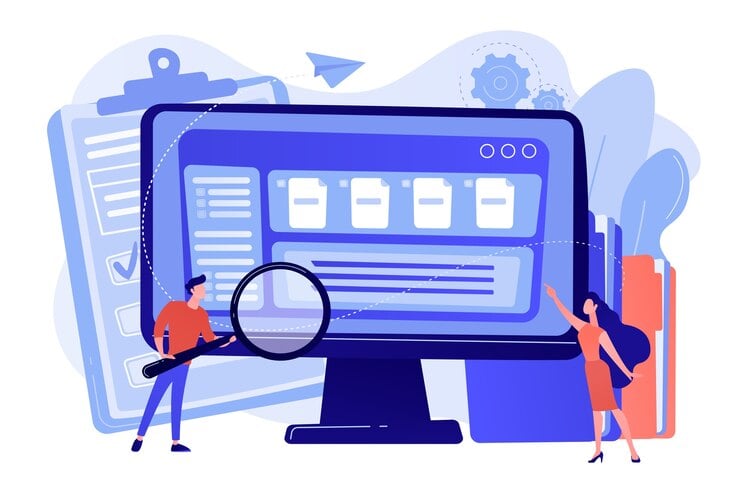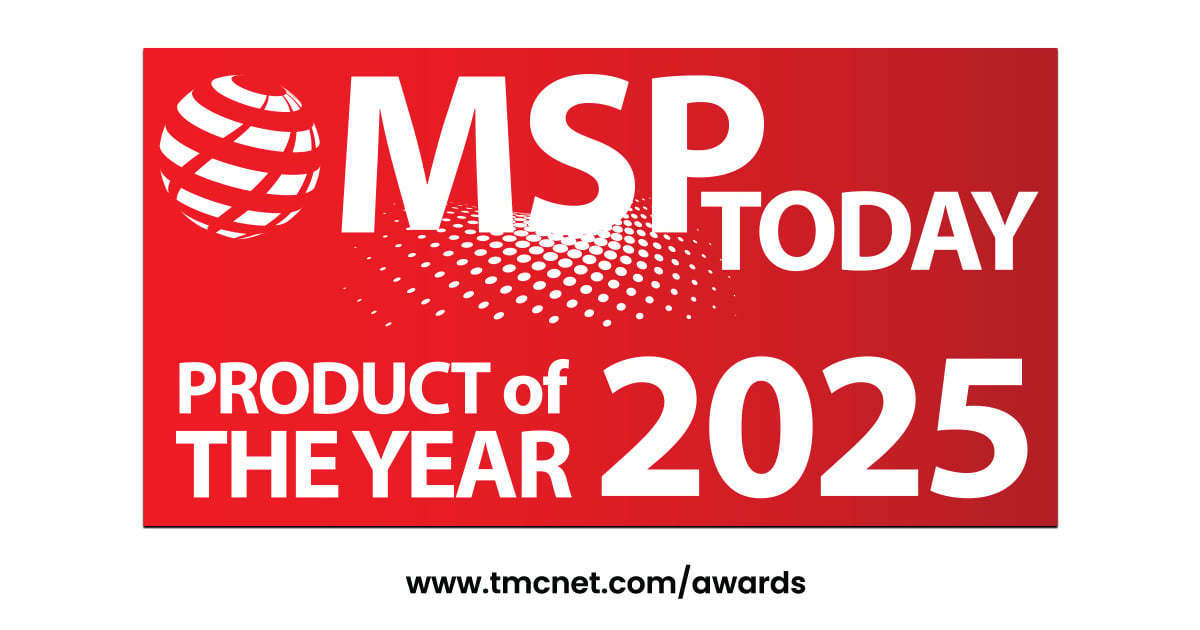
Running a business today feels like spinning too many plates. Managing outdated systems, juggling endless tasks, and struggling to keep up with new technology can drain your time and money fast. You might find yourself asking, “Is there an easier way to make all this work better?”. Here’s the good news: Yes, there is. Companies using integrated tech guidance paired with full implementation services see greater efficiency in their operations. The right strategy reduces waste, saves resources, and simplifies processes. This blog will show you how combining practical tech advice with comprehensive execution solves these headaches. Want to learn how to make your business run smoother? Keep reading.
The Role of Integrated Technology Guidance
Integrated technology guidance connects business goals with the appropriate tools and processes. It aligns technical solutions with operational needs, reducing inefficiencies while saving time and money. Sound technology decisions lead to improved business results. This approach identifies gaps in existing systems and recommends focused enhancements. It simplifies intricate integrations, ensuring all systems operate together effectively to enhance productivity.
Key Components of End-to-End Implementation Services
Every successful implementation starts with a clear plan and a forward-thinking approach. Integrating various technologies creates more efficient workflows and smarter operations.
Strategic Planning and Roadmapping
Crafting a clear roadmap lays the foundation for better decision-making. Businesses identify goals, assess resources, and set timelines to match their objectives. This process simplifies complex projects into manageable steps. Ignoring structured planning can lead to wasted time and misaligned priorities. A well-defined strategy minimizes risks while guiding technology integration. Teams establish milestones early on to track progress effectively. Proper road mapping also ensures stakeholders are aligned around shared outcomes, reducing confusion during system implementation. Companies looking for tailored support can benefit from Business IT solutions that align planning with hands-on technical execution for long-term growth.
Enterprise Software Modernization
Modernizing enterprise software revitalizes outdated systems. Businesses can replace inefficient platforms with connected software tools that bring teams together and simplify operations. Updated solutions reduce downtime, enhance efficiency, and lower costs associated with maintaining older technologies. Old systems can't drive new goals—modernize to move forward. Switching from older setups helps align technology with business growth. For instance, cloud-based applications provide adaptability while supporting remote workforces. Streamlined interfaces make training easier for employees, saving time and resources in implementation strategies.
Cloud Migration and Management
Migrating systems to the cloud lowers operating costs and enhances reliability. Services like Managed IT in Baton Rouge help streamline the cloud migration process while ensuring data security and scalability. Businesses can expand resources more quickly without investing in physical infrastructure. It simplifies data access, enabling teams to work together from any location. Efficient management reduces downtime and safeguards sensitive information. Automating updates simplifies processes and maintains system security. Digital improvements occur more rapidly when companies adopt cloud solutions effectively.
Digital Process Optimization
Digital process optimization simplifies and accelerates workflows. Businesses can reduce repetitive tasks, cut costs, and improve accuracy by automating key processes. For instance, automation tools in supply chain management help track inventory levels in real-time. This precision prevents stock shortages or overages while saving time for employees to concentrate on important tasks. Integrating advanced technology into everyday operations minimizes errors and speeds up execution. For example, AI-driven systems analyze large datasets quickly to detect performance bottlenecks. These insights allow managers to make data-based adjustments instantly without wasting resources. A well-designed digital process creates more efficient operations, higher productivity, and improved use of company assets.
Enhancing Efficiency Through Digital Transformation
Modern technology reshapes how businesses operate every day. Smart tools refine processes, slash waste, and sharpen outcomes like never before.
Automation and AI Integration
Automation tools handle repetitive tasks, saving time and reducing errors. AI technologies analyze data to predict trends, refine processes, and enhance decision-making speed. Together, they minimize manual labor while increasing productivity. AI in service management improves customer response times through chatbots and automated workflows. Automated systems monitor operations in real time, ensuring consistent efficiency improvement without requiring constant oversight.
Real-Time Data Analytics
Real-time data analytics simplifies business processes by providing immediate insights. This accelerates decision-making and helps companies stay ahead of delays or issues. Rapid analysis of customer trends aids in adapting strategies quickly, enhancing operational efficiency. Monitoring live market changes minimizes waste and optimizes resource allocation. These tools identify areas requiring change before they develop into larger problems, reducing costs over time. Businesses that depend on fast decisions gain significant advantages from these solutions.
Edge Computing for Scalable Solutions
Real-time analytics requires quick data handling, but traditional cloud methods can encounter constraints. Edge computing processes information closer to its source, enabling faster insights and reducing dependence on remote servers. Businesses save time and reduce expenses by decreasing bandwidth usage. A manufacturing facility, for example, can apply it for instant equipment monitoring. This minimizes downtime and enhances productivity without delays associated with centralized systems.
Industry-Specific Applications
Different industries reap distinct rewards from technology integration. From service efficiency to process enhancement, the possibilities are endless.
Financial Services
Financial firms encounter increasing demands for speed and accuracy. Combined technology reduces manual mistakes in processes like loan approvals and compliance reviews, saving crucial time. Automated tools manage repetitive tasks while teams concentrate on important decisions. Cloud migration ensures secure data handling without significant upkeep costs. AI-based analytics provide insights into market patterns, enabling businesses to adapt swiftly to change. These systems collaborate to enhance productivity and reduce unnecessary expenses.
Healthcare and Life Sciences
Healthcare and life sciences demand precision like no other sector. Incorporating advanced technology can address challenges in pharmaceutical manufacturing, patient care, and data security. For example, automation reduces errors in drug production while speeding up processes. AI assists in analyzing medical records to improve diagnostics or predict treatment outcomes.
Cloud migration helps securely store vast amounts of sensitive data while meeting regulatory requirements like HIPAA compliance. Digital process optimization improves clinical trial management by refining workflows for faster approvals. These tools not only save time but also reduce operational costs for businesses striving to remain competitive.
Manufacturing
Manufacturing industries stand to save significant costs with digital transformation strategies. Automation simplifies production lines, reducing errors and speeding up processes. Smart sensors monitor machinery for real-time maintenance alerts, preventing costly downtime. AI-driven analytics refine inventory management and predict demands more accurately.
Cloud platforms make collaboration easier between teams across locations in supply chain operations. Integrated software tools improve efficiency by aligning processes like material handling and procurement. Digital process improvements also eliminate unnecessary steps, increasing productivity without raising overhead costs.
Travel and Hospitality
Travel and hospitality businesses thrive on satisfaction, speed, and precision. Connected technology solutions simplify bookings, customize guest experiences, and improve operations. Real-time data analytics monitor customer preferences to create offers with pinpoint accuracy. Hotels use AI-powered chatbots to handle inquiries around the clock while reducing response times.
Cloud-based tools assist in managing reservations across multiple platforms without errors. Automated systems enhance inventory management in kitchens or supply chains for airlines. Digital process improvements minimize wait times at check-ins or baggage claims, keeping customers happy and operational costs lower.
Measuring the Impact of Technology Guidance
Technology guidance drives measurable results with clear efficiency gains. It shows businesses how to work smarter, not harder.
Improved Operational Efficiency
Improving operational efficiency is vital for businesses to stay competitive. Integrated technology guidance can refine processes and enhance productivity.
- Minimize downtime by automating repetitive tasks. Automation reduces human error and speeds up work.
- Enable real-time data sharing across departments. This improves decision-making and cuts inefficiencies.
- Simplify workflows using integrated software tools. Unified systems save time and reduce complexity.
- Reduce manual interventions through AI in service management. Smart systems tackle problems faster than humans.
- Cut costs with digital process refinement strategies. Streamlining operations allows better resource allocation.
- Identify bottlenecks swiftly using analytics tools. Data visibility reveals issues that hinder performance.
- Modernize enterprise software to match current demands. Updated platforms handle tasks more effectively.
- Adopt adaptable cloud solutions for flexible operations. Scaling up or down becomes easier without extra investments.
Operational improvements drive higher productivity, lower costs, and better results for any business owner willing to adapt technology integration practices effectively.
Enhanced Customer Experiences
Providing excellent customer experiences distinguishes businesses. Technology guidance and implementation services help enhance interactions effectively.
- Tailor services using real-time data analytics to anticipate customer needs, preferences, and buying behaviors.
- Simplify processes with automation to reduce wait times and respond faster to inquiries.
- Use AI in service management for accurate recommendations and around-the-clock support across platforms.
- Digitize processes like payment systems, making transactions quicker and error-free for users.
- Enhance self-service portals by integrating advanced software tools that guide customers intuitively.
- Upgrade enterprise software to provide consistent experiences on mobile apps, desktops, or in-store visits.
- Monitor feedback channels more efficiently to adapt services based on client concerns right away.
- Refine workflows to focus employees' time on solving complex problems instead of repetitive tasks.
- Add transparency through system implementation, allowing customers to track orders or request updates easily.
- Build trust with secure cloud-based solutions that protect user data during interactions at every step.
Conclusion
Strong technology guidance and hands-on implementation spark real change. Businesses simplify operations, cut costs, and get results faster. When done right, these steps save time and enhance productivity. Ready tech isn’t just a tool; it’s how you stay ahead in today’s race.






